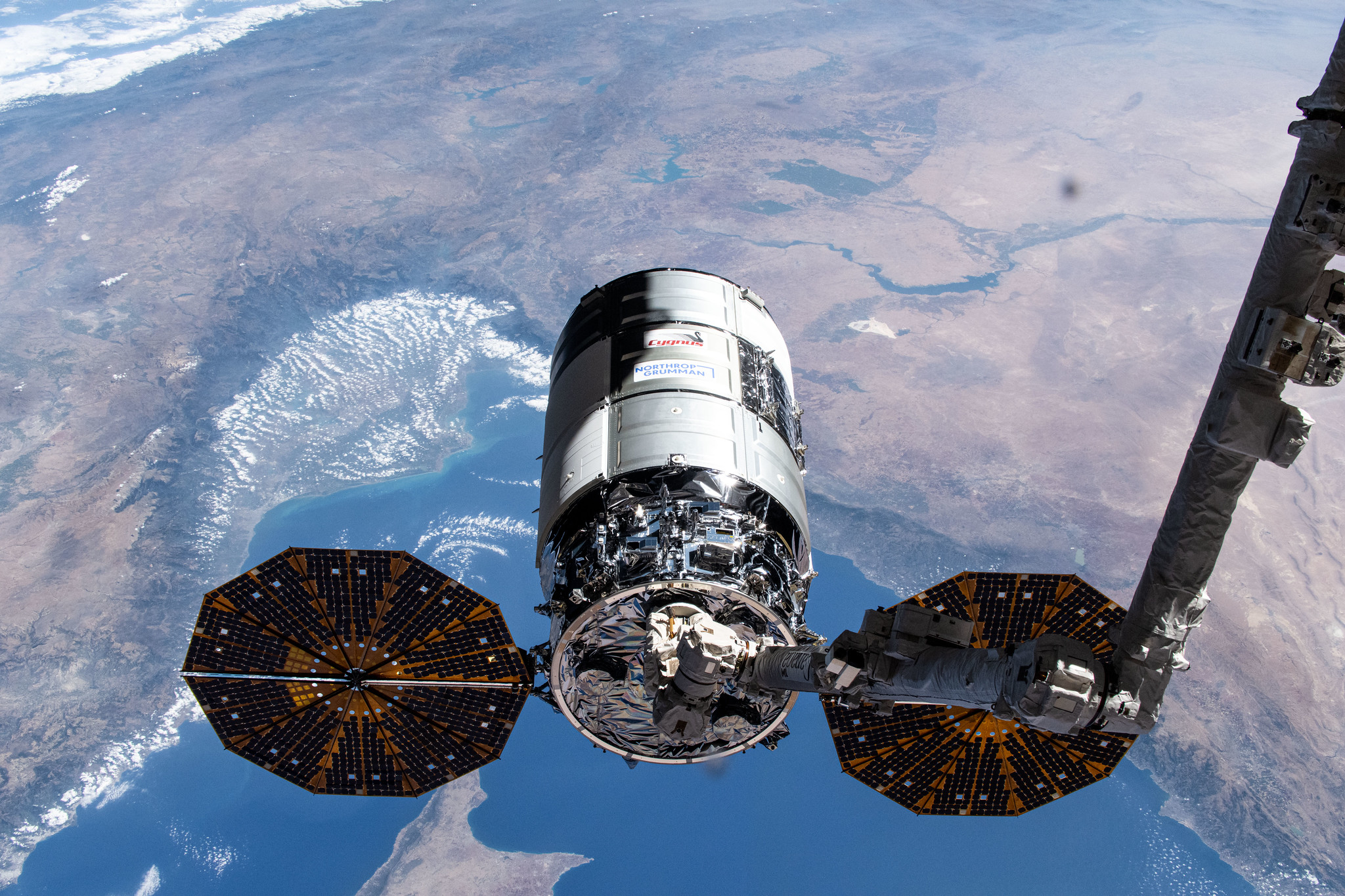NASA, Northrop Grumman “Go” to Proceed with Cygnus XL Station Arrival
NASA and Northrop Grumman are targeting the safe arrival of the company’s Cygnus XL at approximately 7:18 a.m. EDT Thursday, Sept. 18, to the International Space Station. The Cygnus XL now will conduct a series of burns to bring the spacecraft to the space station for its robotic capture and installation.
NASA astronaut Jonny Kim is scheduled to capture Cygnus XL using the station’s Canadarm2 robotic arm with backup support from NASA astronaut Zena Cardman. After capture, the spacecraft will be installed on the Unity module’s Earth-facing port and will remain at the space station until March 2026.
The Cygnus XL spacecraft launched at 6:11 p.m. on Sept. 14 on a SpaceX Falcon 9 rocket from Space Launch Complex 40 at Cape Canaveral Space Force Station in Florida. On Sept. 16, Cygnus XL commanded the main engine to shutdown earlier than planned during two, non-sequential rendezvous burns (delta velocity burns 3 and 5), designed to raise the orbit of the spacecraft for rendezvous with the space station. Cygnus XL’s trajectory placed the spacecraft a safe distance behind the space station while engineers assessed the spacecraft and developed its alternate burn plan. Data shared by the spacecraft confirmed that Cygnus XL operated as intended during two planned maneuvers when an early warning system initiated a shutdown command and ended the main engine burn because of a conservative safeguard in the software settings.
NASA’s arrival, capture, and installation coverage are as follows (all times Eastern and subject to change based on real-time operations):
Thursday, Sept. 18
5:45 a.m. – Arrival coverage begins on NASA+, Amazon Prime, and more.
7:18 a.m. – Capture of Cygnus XL with the space station’s robotic arm.
8:25 a.m. – Installation coverage begins on NASA+, Amazon Prime, and more.
Follow the space station blog for the most up-to-date information.
The mission is known as NASA’s Northrop Grumman Commercial Resupply Services 23, or Northrop Grumman CRS-23, and is the first flight of the larger, more cargo-capable version of the solar-powered spacecraft.




























